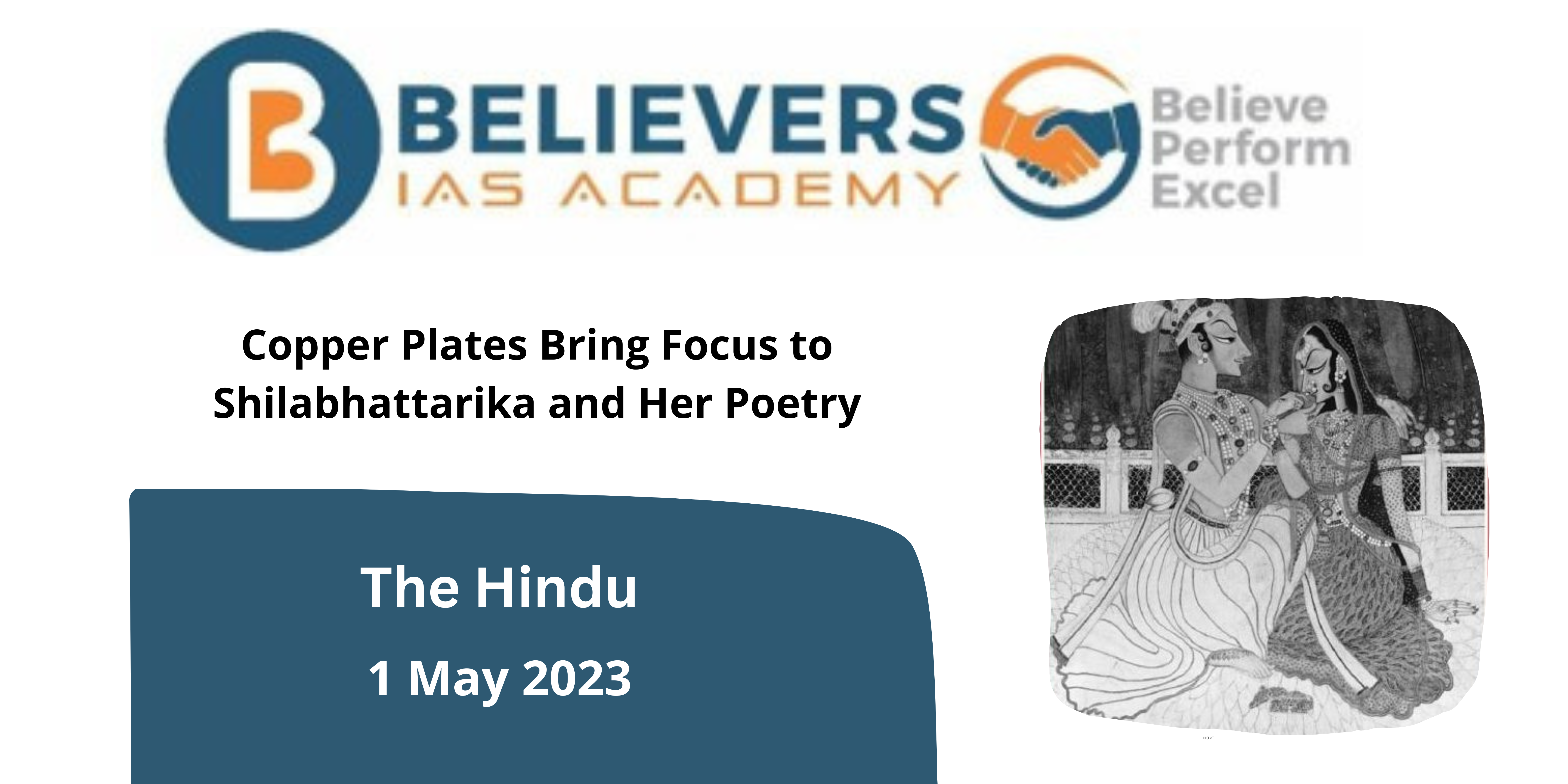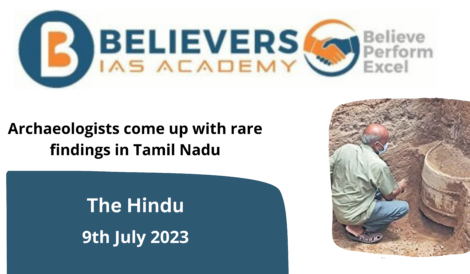Copper Plates Bring Focus to Shilabhattarika and Her Poetry
Context:
Researchers at the Pune-based Bhandarkar Oriental Research Institute (BORI), which houses South Asia’s largest collection of manuscripts and rare texts, recently embarked on a mission to shed new light on Shilabhattarika, the celebrated Sanskrit poetess of ancient India, by establishing her as the daughter of the famed Chalukyan emperor Pulakeshin II of Badami (in modern Karnataka).
 Points to Ponder:
Points to Ponder:
- The Bhandarkar Oriental Research Institute (BORI) in Pune, India, recently unearthed a remarkable historical finding concerning Shilabhattarika, a famed Sanskrit poetess of ancient India.
- Shilabhattarika, according to academics, was the daughter of the famous Chalukyan monarch Pulakeshin II of Badami and lived in the 7th century CE.
- This is a considerable deviation from the conventional notion that she was the wife of Rashtrakuta monarch Dhruva in the eighth century.
- The researchers interpreted inscriptions on copper plates given to BORI by Amit Lomte, an antiquary enthusiast.
- A Sanskrit text with 65 lines in late-Brahmi script was etched on the copper plates.
- Dr Shreenand Bapat, a renowned Sanskrit scholar and BORI registrar, deciphered Shilabhattarika’s identity by studying the lineages of the Badami Chalukyas and the Western Gangas.
- According to the story, King Vijayaditya Chalukya gave a hamlet to a scholar named Vishnu Sharma at the request of Mahendravarma, Shilabhattarika’s son.
- Chigateri, located near Kogali in Karnataka’s Vijayanagar district, was recognised as the settlement.
- This discovery not only proves Shilabhattarika’s ancestry but also offers light on her significance as a poetess in ancient India’s male-dominated area of traditional Sanskrit literature.
- The decoding of the copper plates represents a significant shift in the historiography of the Badami Chalukyas, the region’s dominant dynasty at the time.
- Shilabhattarika’s contributions to classical Sanskrit literature have been acknowledged by notable poets and scholars throughout history, including Sanskrit poet-critic Rajashekhara and Marathi poet Shanta Shelke.
- Through their decipherment of the copper plates, the researchers at BORI have provided an entirely new perspective on this classical poetess of ancient India.


 Points to Ponder:
Points to Ponder: